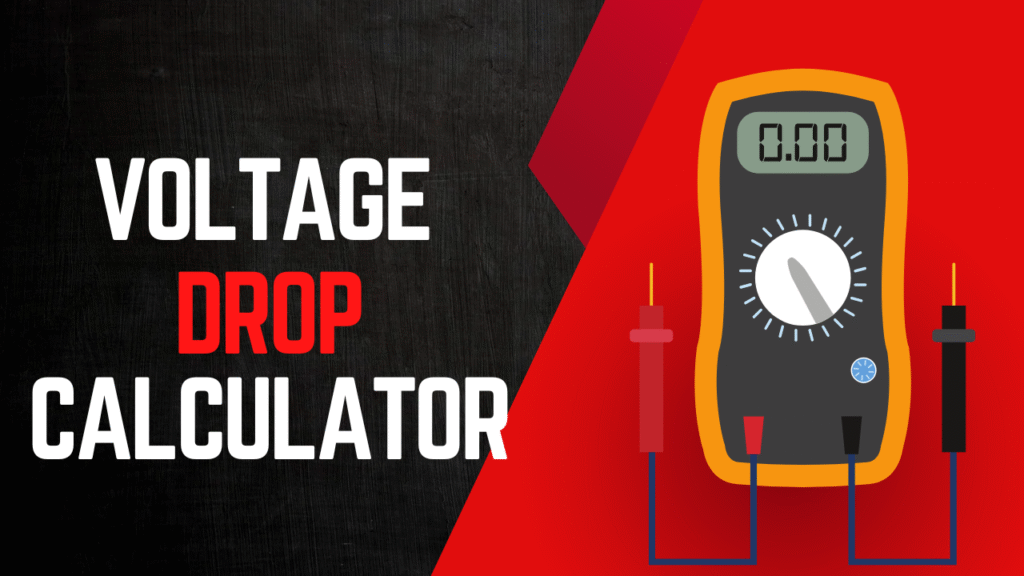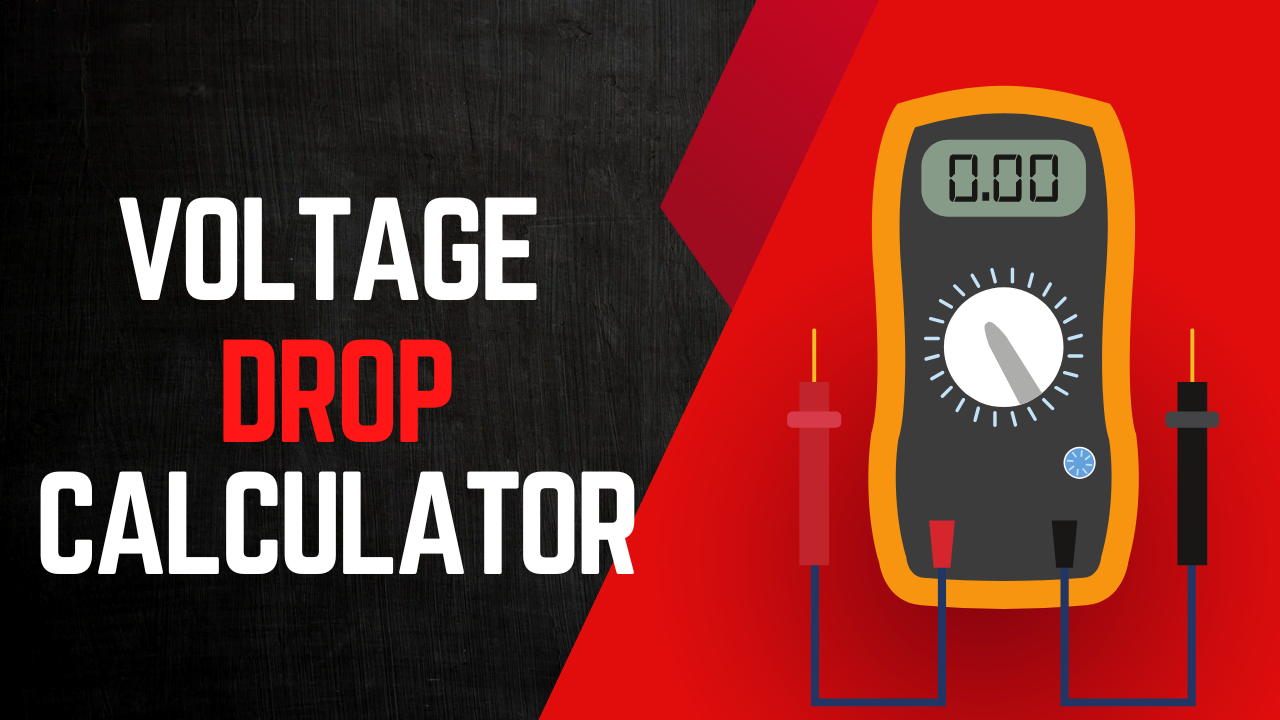
When dealing with electrical wiring, one important aspect that often comes up is voltage drop. Understanding voltage drop and how to calculate it ensures your electrical devices work efficiently and safely. A Voltage Drop Calculator is a helpful tool that makes this task easier and precise.
What is Voltage Drop?
Voltage drop is the reduction in voltage that occurs as electric current flows through a wire or cable due to the resistance or impedance of the conductor. Think of it like water pressure dropping as it moves along a long pipe with some friction.
This voltage loss can cause problems like:
-
Lights flickering or dimming
-
Devices are not working correctly
-
Motors running hotter and potentially burning out
Ideally, the voltage drop in a circuit should be kept under 3-5% of the source voltage for safety and efficiency.

Why is Voltage Drop Important?
-
Safety: Excessive voltage drop can overheat wires and cause electrical fires.
-
Efficiency: Electrical devices get the voltage they need to operate properly.
-
Longevity: Equipment lasts longer and performs better without voltage issues.
What Factors Affect Voltage Drop?
Several factors influence the amount of voltage drop in a circuit:
-
Current (I): Higher current increases the voltage drop.
-
Resistance (R): Depends on the wire material (copper, aluminum), length, and thickness.
-
Length of Wire (L): Longer wires have more resistance.
-
Wire Size: A Larger cross-sectional area reduces resistance and voltage drop.
-
Phase Type: Voltage drop calculation differs for single-phase and three-phase systems.
How to Calculate Voltage Drop
The basic formula to calculate voltage drop is:
Voltage Drop(Vdrop)=I×R
Where:
-
I = Current (amperes)
-
R = Resistance of the wire (ohms)
For practical wiring circuits, the formula varies by phase type:
-
Single-phase circuit:
Vdrop=2×L×I×R1000
-
Three-phase circuit:
Vdrop=3×L×I×R1000
Where L is the one-way wire length in feet or meters, and resistance R is often given per 1000 feet or meters, depending on the wires.
How to Use a Voltage Drop Calculator
A voltage drop calculator simplifies these calculations. Here’s how you usually use one:
-
Enter System Voltage (e.g., 230V, 415V)
-
Enter Load Current (in amps)
-
Enter Cable Length (distance from power source to load)
-
Choose Wire Material (copper or aluminum)
-
Enter Wire Size (in mm² or AWG)
-
Select Phase Type (single or three-phase)
The calculator then computes:
-
Voltage drop in volts
-
Percentage voltage drop relative to the source
-
Sometimes also recommends the appropriate wire size
Example Use Case
Suppose you have a copper wire (8 AWG), length 300 feet, carrying a 1.2 A current on a 220 V supply.
-
Enter these parameters in the calculator.
-
The voltage drop might come out as approximately 0.45 V.
-
Percentage drop = 0.45220×100=0.205%, which is safe and efficient.
When Should You Use a Voltage Drop Calculator?
-
Designing wiring for homes or industrial installations.
-
Planning runs for solar panel systems.
-
Determining if existing wiring is adequate for new loads.
-
Ensuring compliance with electrical codes like the NEC (National Electrical Code).
Useful External Resources and Voltage Drop Calculators
-
Youtubetoolbar.com Voltage Drop Calculator: A comprehensive tool with options for NEC data and custom wire specifications.
https://youtubetoolbar.com/voltage-drop-calculator/ -
Southwire Voltage Drop Calculator: Helps determine proper wire size based on voltage drop and current capacity.
https://www.southwire.com/calculator-vdrop -
Vedantu Voltage Drop Calculator: Includes detailed formula explanations and examples for student and professional use.
https://www.vedantu.com/calculator/voltage-drop -
NY Engineers Voltage Drop Calculator: Offers calculations based on Ohm’s Law and NEC guidelines, including options for multiple conductors per phase.
https://www.ny-engineers.com/voltage-drop-calculator
Tips to Reduce Voltage Drop
-
Use thicker wires with lower resistance.
-
Shorten the cable length where possible.
-
Use copper conductors instead of aluminum for better conductivity.
-
For three-phase systems, use appropriate calculation formulas.
-
Avoid overloading the circuit with excessive current.
Summary
Using a Voltage Drop Calculator is a quick and effective way to ensure your electrical system is safe and efficient. By entering a few simple details like wire size, current, and distance, you can easily find out if your wiring meets voltage drop standards and adjust your design accordingly. This protects your devices, saves energy, and prevents hazards.
Using the external resources referenced above will help deepen your understanding and make precise calculations with ease.




